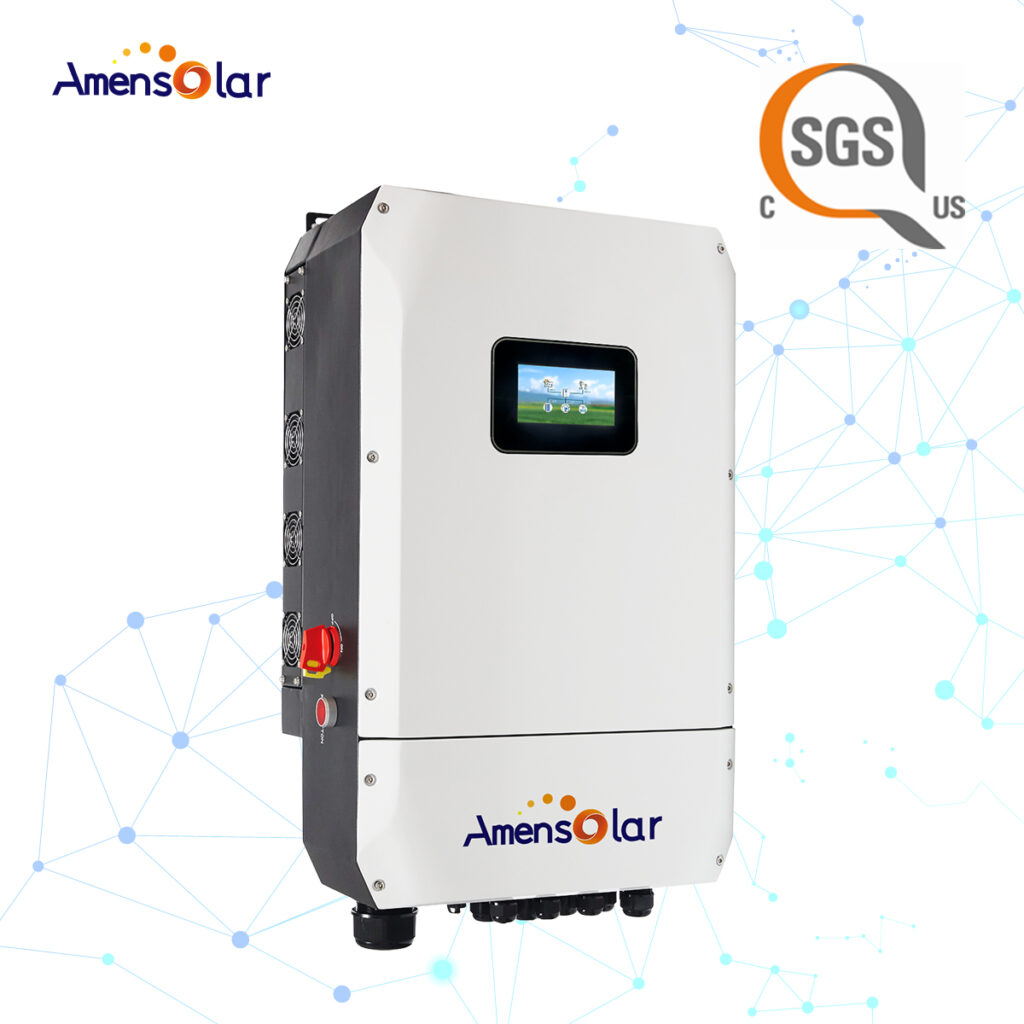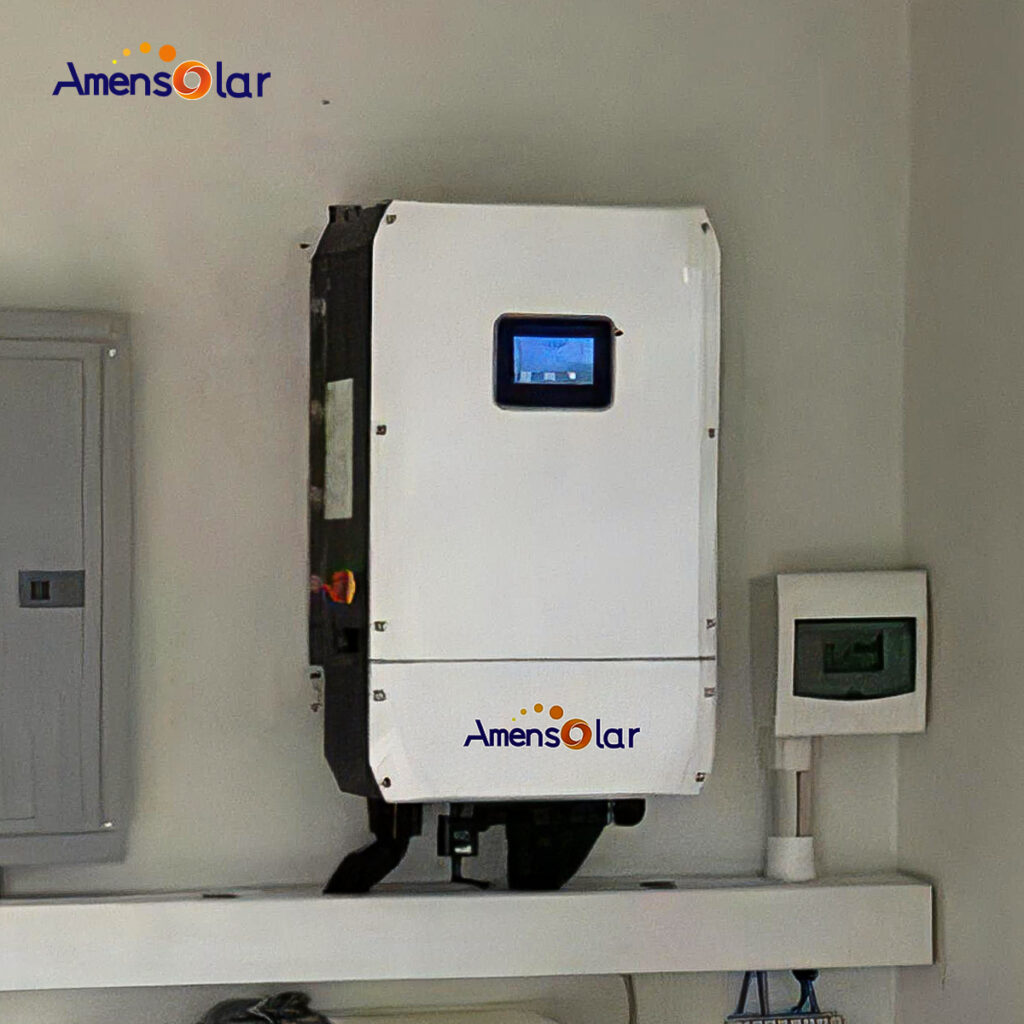Solar controller is an integral part of the solar power generation system. It can maximize the energy conversion efficiency of solar panels, thereby achieving higher power generation effects. However, with the development of technology, inverters are now equipped with built-in MPPT. So, what is the difference between MPPT solar controller and inverter built-in MPPT?
We need to understand the basic principles of MPPT solar controller. MPPT stands for Maximum Power Point Tracking. Its main function is to adjust the working point of the solar panel according to the output voltage and current conditions of the solar panel, and to maximize the power provided by the solar panel by adjusting the battery charging current and voltage. It can make full use of solar energy and improve power generation efficiency.

A standalone MPPT solar controller is a separate device that is usually separate from the inverter and needs to be purchased and installed separately. It has its own circuit board and control system for monitoring and optimizing the output power of the solar panels. Standalone MPPT solar controllers usually have higher power conversion efficiency and more powerful functions, and can cope with complex weather conditions and different types of solar panels.
The MPPT solar controller built into the inverter integrates the MPPT function into the inverter, making the installation of the solar power generation system easier. An inverter is a device that converts DC power into AC power. Combining the MPPT function with an inverter not only reduces the number of devices, but also saves installation space. In addition, the MPPT built into the inverter has a higher degree of integration and can better adapt to complex grid environments.

The MPPT built into the inverter has higher reliability and stability. Due to its higher level of integration, it reduces the number of connections between devices and reduces the possibility of failure. At the same time, the MPPT solar controller built into the inverter also has better temperature management and heat dissipation performance, and can better cope with work in high temperature environments.
If you need higher functionality and performance, and have enough space and budget, a stand-alone MPPT solar controller is a good choice. Since it is separated from the inverter, maintenance and replacement are more convenient. If it is a small solar power generation system, it is recommended to have an inverter with built-in MPPT, which is simpler in the solar power generation system, can save space and cost, is a more economical and practical choice, and is more suitable for small solar power generation systems.
Leave a Reply